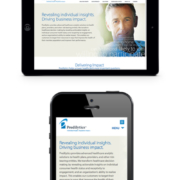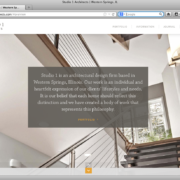Five Tips for a Smooth Website Project
What can cause a web design project to go over budget or off schedule? This question is often asked of web firms. Similarly, client’s ask, “What can we do to ensure success with our website project?”
Good news, bad news: this is not rocket science. In design, success is often subjective. Reigning in subjectivity is where we can realize economies, both in money and in time. To that end, the following recommendations apply to a majority of website projects, regardless of industry and irrespective of intentions.




